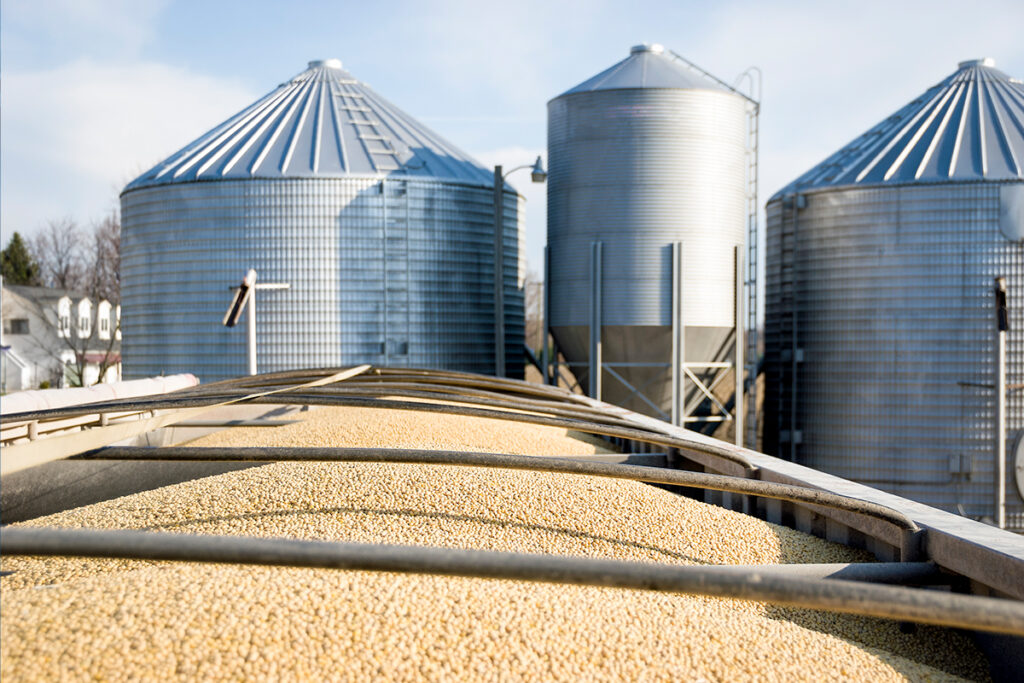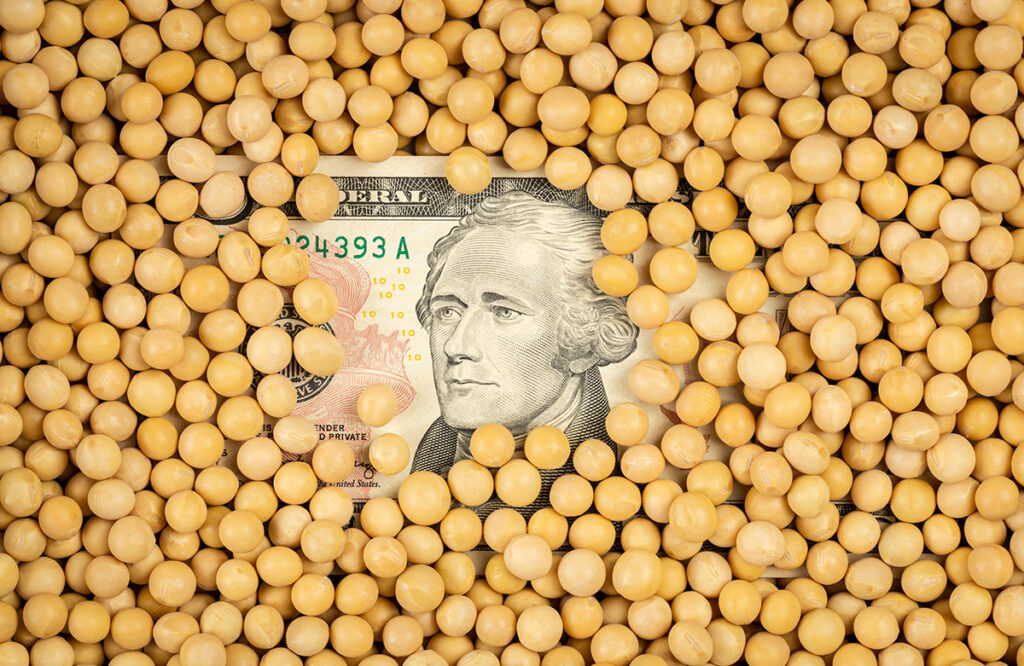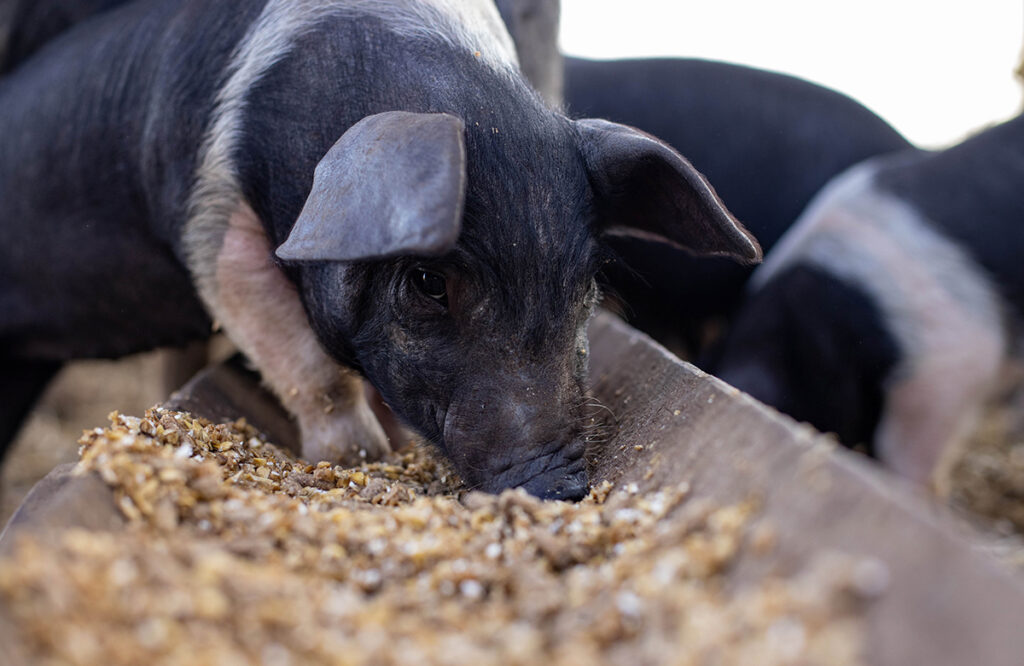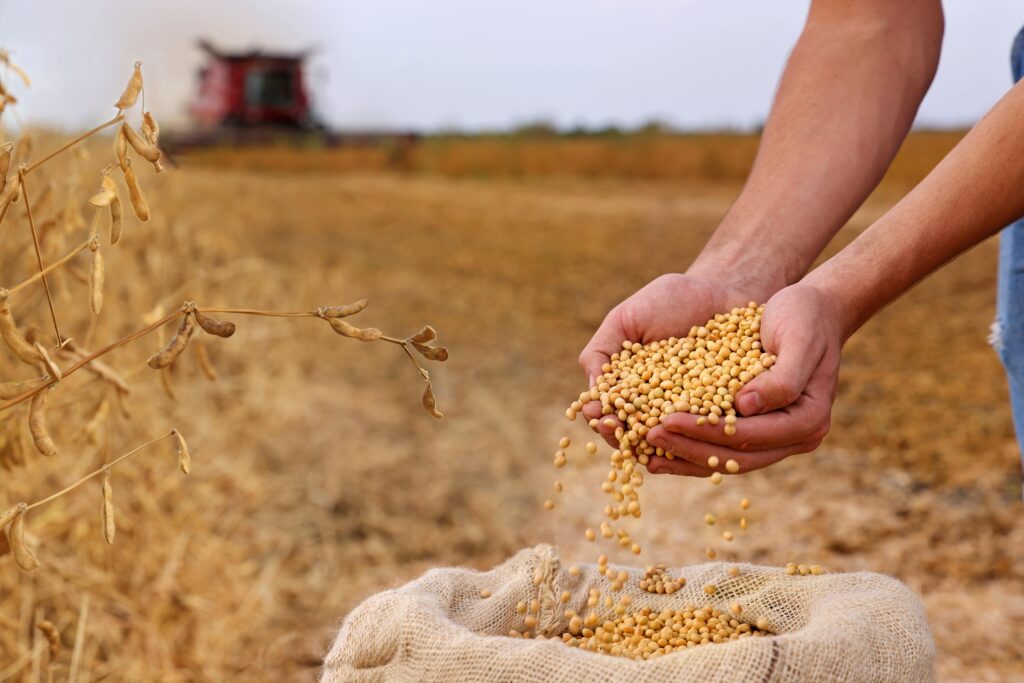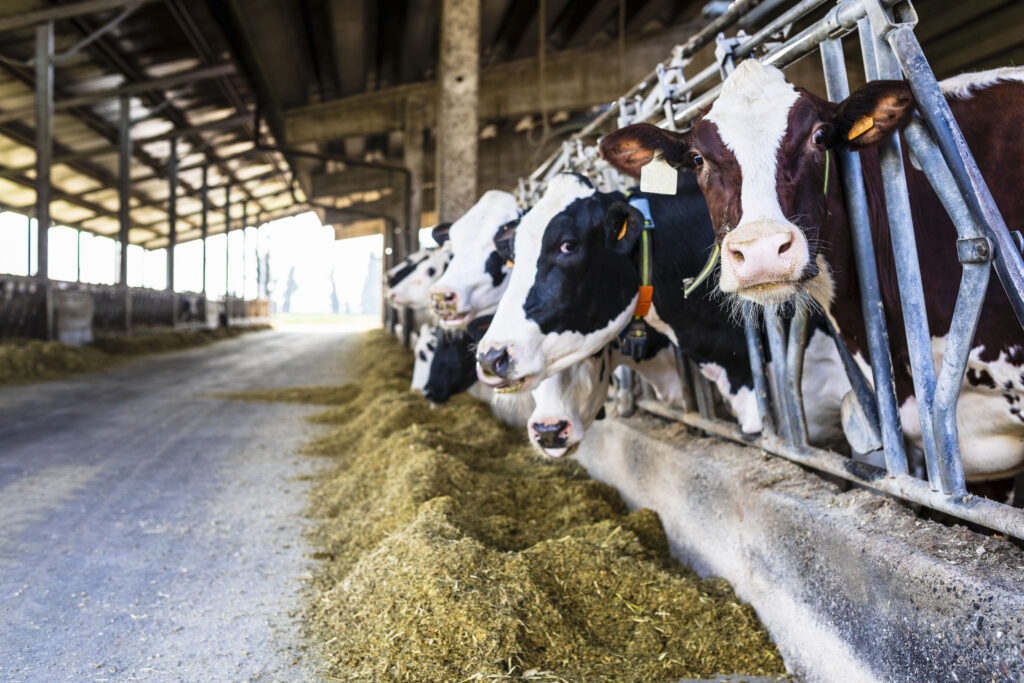U.S. farmers are confronting a potential turning point. With China sharply reducing purchasing of American soybeans, soybean exports are collapsing just as trade tensions and tariffs elevate costs. The shift toward purchasing from Brazil threatens to upend domestic markets for soybean meal, oil, and the broader agricultural economy. What recent data shows about soybean exports Chinese importers…
U.S. Farmers Face Crisis as China Cuts Back on Soybean Exports from America


